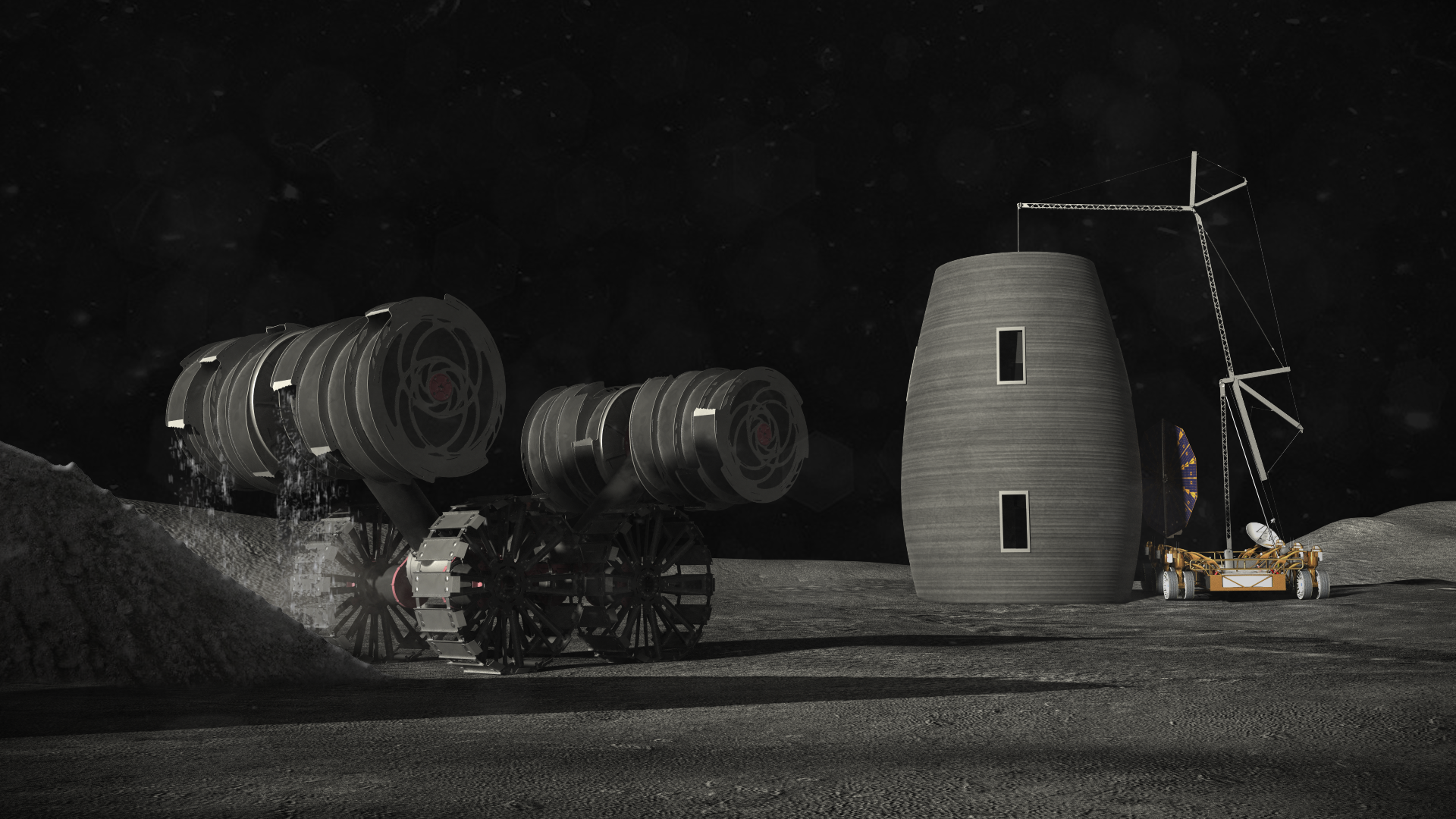
The Artemis program will return NASA to the Moon with robotic and human missions. Before humans set foot on the Moon again, NASA will test a range of technologies on the surface. The demonstrations, everything from reliable power systems to possibly even in-space construction systems and landing pads, will expand NASA’s lunar technology toolbox.
Helping inform this effort, the Johns Hopkins Applied Physics Laboratory (APL) in Laurel, Maryland, will continue to assist NASA in assessing lunar surface technology capabilities and identifying development gaps. In March 2021, NASA awarded APL a task order on an existing contract for up to $30 million over the next three years.
“Enabled by APL’s University Affiliated Research Center (UARC) status, NASA is excited to leverage its extensive systems engineering experience in space missions and technology development for NASA, the Department of Defense, and other government agencies,” said Niki Werkheiser, director of technology maturation within NASA’s Space Technology Mission Directorate (STMD). “This will assist NASA in developing sustainable lunar surface capabilities.” said Niki Werkheiser, director of technology maturation within NASA’s Space Technology Mission Directorate (STMD).
As a part of STMD’s Lunar Surface Innovation Initiative (LSII), the agency first awarded APL $1 million in 2018 to establish the Lunar Surface Innovation Consortium (LSIC). The group brings together diverse experts and facilitates cross-cutting communication on state-of-the-art lunar surface technology capabilities and gaps. The consortium’s findings are passed on to NASA and the exploration community for consideration when investing in future lunar technology development. LSIC now includes more than 300 universities, nonprofit research institutions, commercial companies, other government agencies, and NASA centers.
Since the 2018 award, APL has hosted two semi-annual meetings and three public workshops through LSIC. The workshops engaged experts on solutions and new ideas for in-situ resource utilization, lunar dust mitigation, and lunar mapping for precise landings. In addition to establishing and running the consortium, APL conducted assessments of power and resource utilization technologies to identify development gaps and technology maturation needed for successful lunar surface operations.
Under the 2021 award, APL will continue operating LSIC, convening monthly focus groups and hosting workshops for industry, academia, and other government agencies focused on lunar surface technology development. NASA will utilize the findings and reports from the focus groups and workshops to help shape the agency’s lunar surface technology goals and near-term technology development plans.
Additionally, APL will provide science and engineering integration expertise to perform assessments of NASA’s lunar technologies designed for extreme environments and access, dust mitigation, and excavation and construction. NASA will use APL’s assessments, analysis, and expert recommendations to help determine the capabilities NASA will invest in and test on the lunar surface.
“Investments we are making today through lunar technology demonstrations are paving the way for humans to not just visit the Moon, but learn how to successfully explore and operate on the lunar surface, a critical stepping stone for long-duration spaceflight much farther from Earth,” Werkheiser said.
For more information on LSIC, including how to participate, visit:
Members of the news media interested in covering this topic should reach out to:
Sarah Frazier
Headquarters, Washington, D.C.
(202) 853-7191
sarah.frazier@nasa.gov
Clare Skelly
Headquarters, Washington, D.C.
(202) 358-4273
clare.a.skelly@nasa.gov
Michael Buckley
Johns Hopkins Applied Physics Laboratory, Laurel, Md.
(240) 228-7536
michael.buckley@jhuapl.edu


























